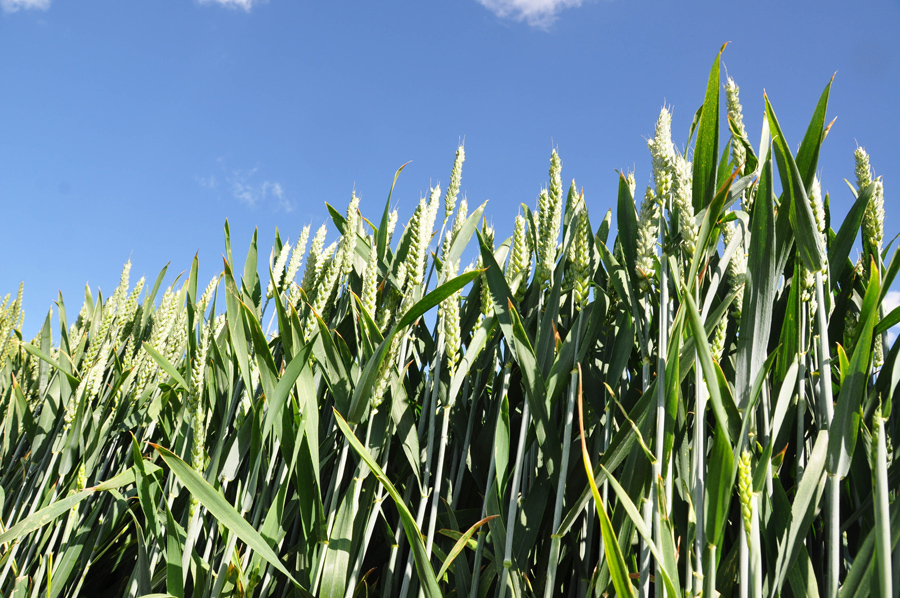Get your T2 micronutrients and timing right to maximise wheat yields
14th May 2020
Using the right micronutrients at the right time is the most sure-fire way to maximise yields – especially considering the circumstances this year.
As T2 approaches, growers are considering how to get the most from their wheat crop. Using the right micronutrients at the right time is the most sure-fire way to maximise yields – especially considering the circumstances this year.
“This year, we have seen many crops that were either poorly established with shallow root systems or drilled particularly late,” says Natalie Wood, Country Arable Agronomist at Yara. “This means the crops weren’t able to build a lot of biomass before the plant switched to its reproductive phase towards the end of March. The result is fewer tillers than normal. With fewer tillers, we see lower biomass, and therefore potentially lower yields for growers.”
The priority, Natalie says, should now be the ears. This can be done by influencing the number of grains per ear, which will ultimately bolster yield. To do so, several nutrients can be applied during T2 to produce the desired effect.
“Boron, zinc and copper can all influence the number of grains per ear,” says Natalie. “An application during T2 will ensure sufficient levels whilst the plant is forming the grain.” Zinc in particular also plays a role in metabolism and increasing grain protein – trials have shown that applications of zinc during T2 can increase grain protein by up to 1.4%.
Magnesium also plays a vital role during T2, responsible for many central functions within the plant. Magnesium is the central atom in chlorophyll, which gives a plant its green colour, and is therefore integral to robust development.
“We want to keep the canopy greener for longer,” says Natalie. “This enables us to maximise the grain fill period, helping the crop to intercept as much sunlight as possible. Sunlight is then used by the crop to convert CO2 into sugars. Through various internal processes, this will ultimately result in higher yields.”
Magnesium deficiency can result in several ailments. Most obviously will be pale green spots spreading from the tip of the leaf, along with stunted growth when measured and, in severe cases, chlorosis and necrosis.
Testing is still the surest way to determine what nutrients are required on an individual farm. However, hitting the T2 application timing is important regardless of testing. “I would definitely always advise testing first and foremost wherever possible,” adds Natalie. “This is the best way to know what your farm needs, so you can implement a strategy that works for you. However, if timing does not allow this, make sure you apply micronutrients that will foster more grains per ear.”
“T2 is a crucial stage in wheat’s development, and many crops got off to a more difficult start than they usually would. To maximise the grains per ear – and thus yield – growers should prioritise making micronutrient applications during T2. Boron, copper, zinc and magnesium all play a role. Late drilling or shallow root systems does not make lower yields a foregone conclusion. Knowing that biomass is lower than usual, we should maximise the aspects where we can make a difference. Using the right micronutrients at the right time can help drive higher yields – despite the low starting levels of biomass.”

